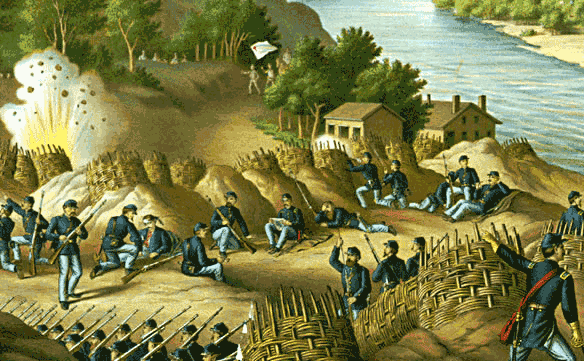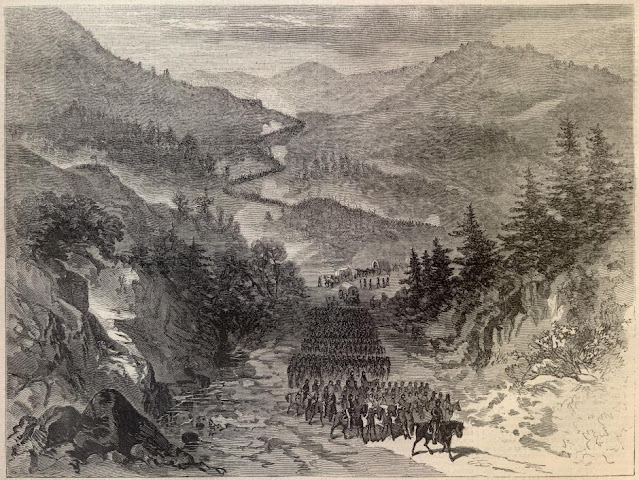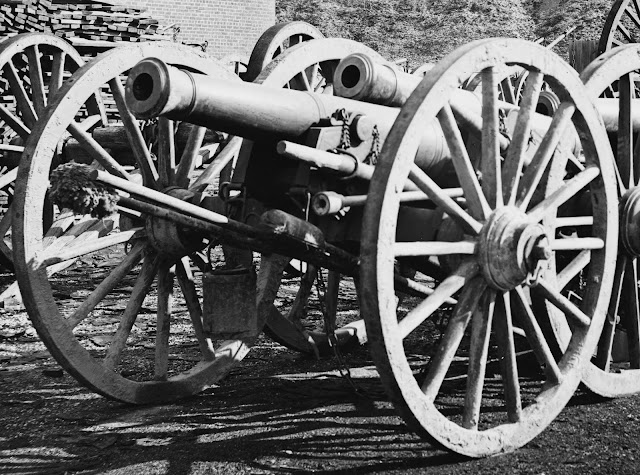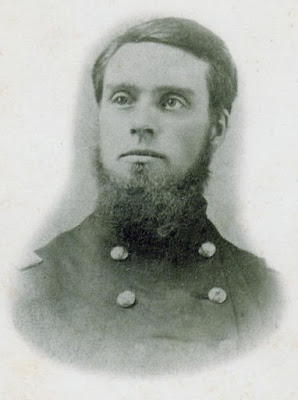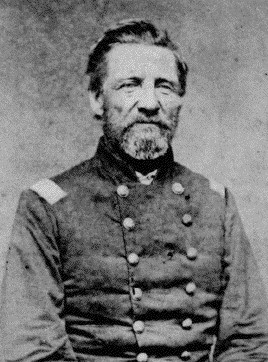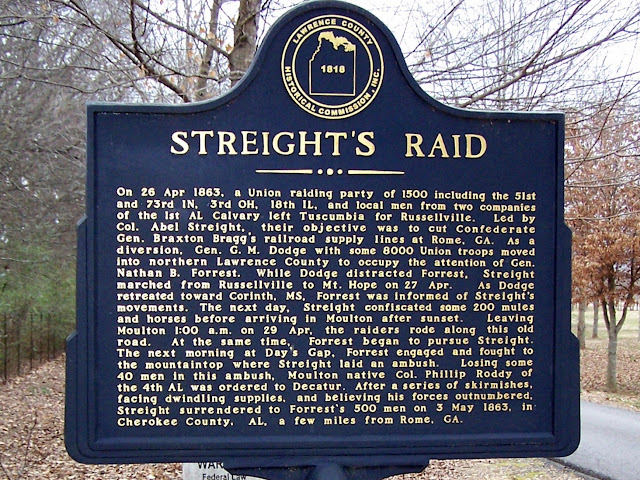The Sorrows of an Ill-Spent Day: A Wolverine at Secessionville
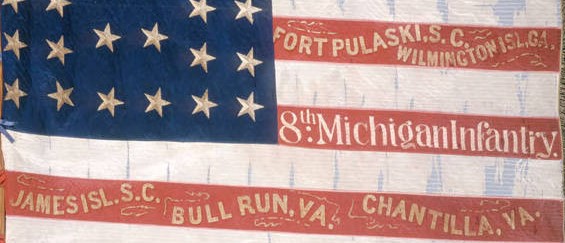
The following letter was written by Captain George Proudfit of Co. K of the 8th Michigan Volunteer Infantry to his father John Proudfit in Stanley Corners, New York in the immediate aftermath of the Battle of Secessionville, South Carolina. This small battle took place on James Island south of Charleston, South Carolina on June 16, 1862 and was a disastrous affair for the 8th Michigan; as Captain Proudfit reports, the regiment went into action with 500 men and 22 officers and lost a total of 214, 46 of the men being killed in action and another dozen dying of wounds within days of this tragic if little-remembered engagement. The 8th Michigan won praise from its superiors for its bold bayonet charge upon the Confederate works, the regiment reserving its fire until they reached the parapet. The enemy fire was so heavy, however, that the only Wolverines to get into the works went in as prisoners. " We feel injured, for we feel that we were led up to the cannon's mouth to swal
